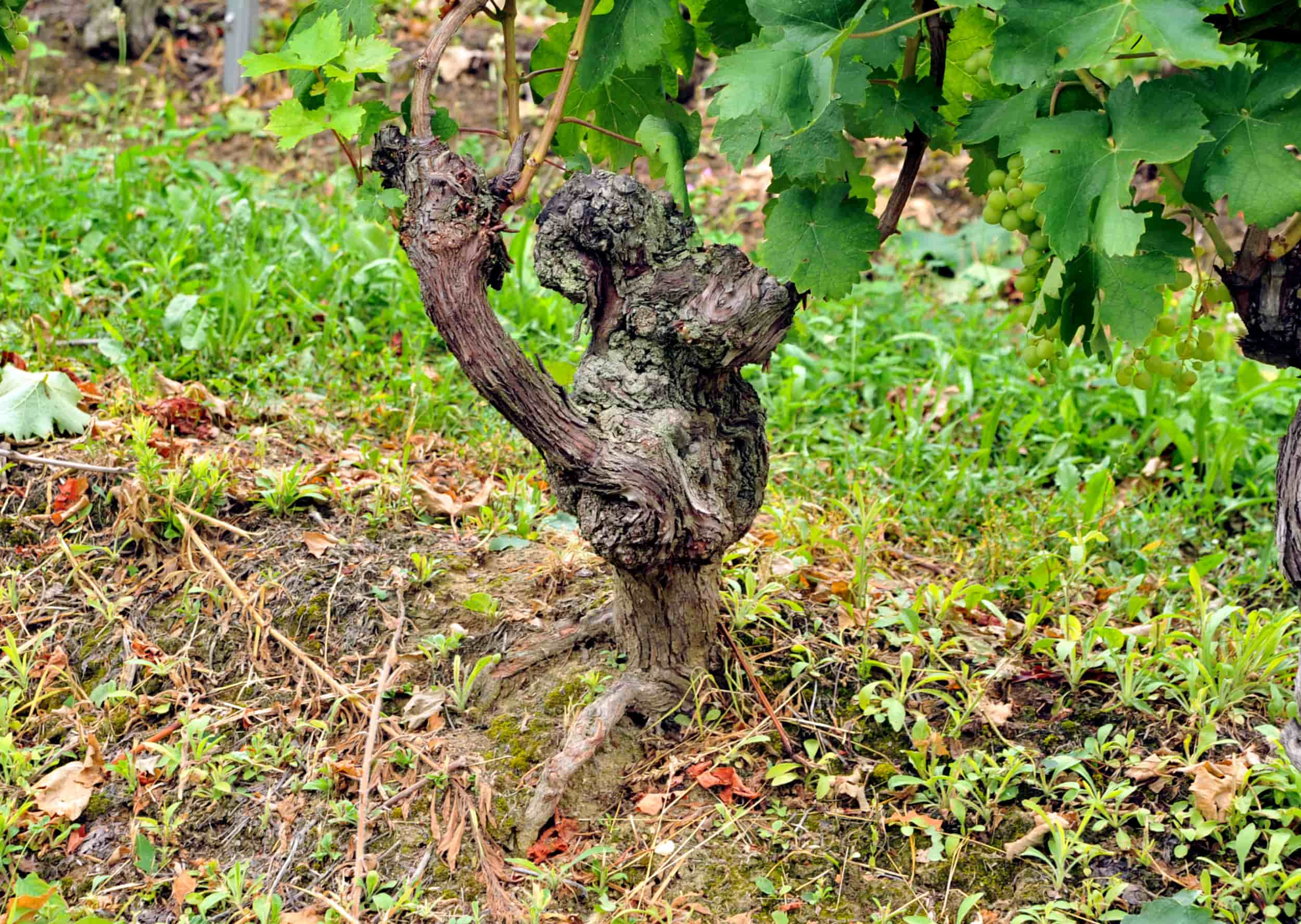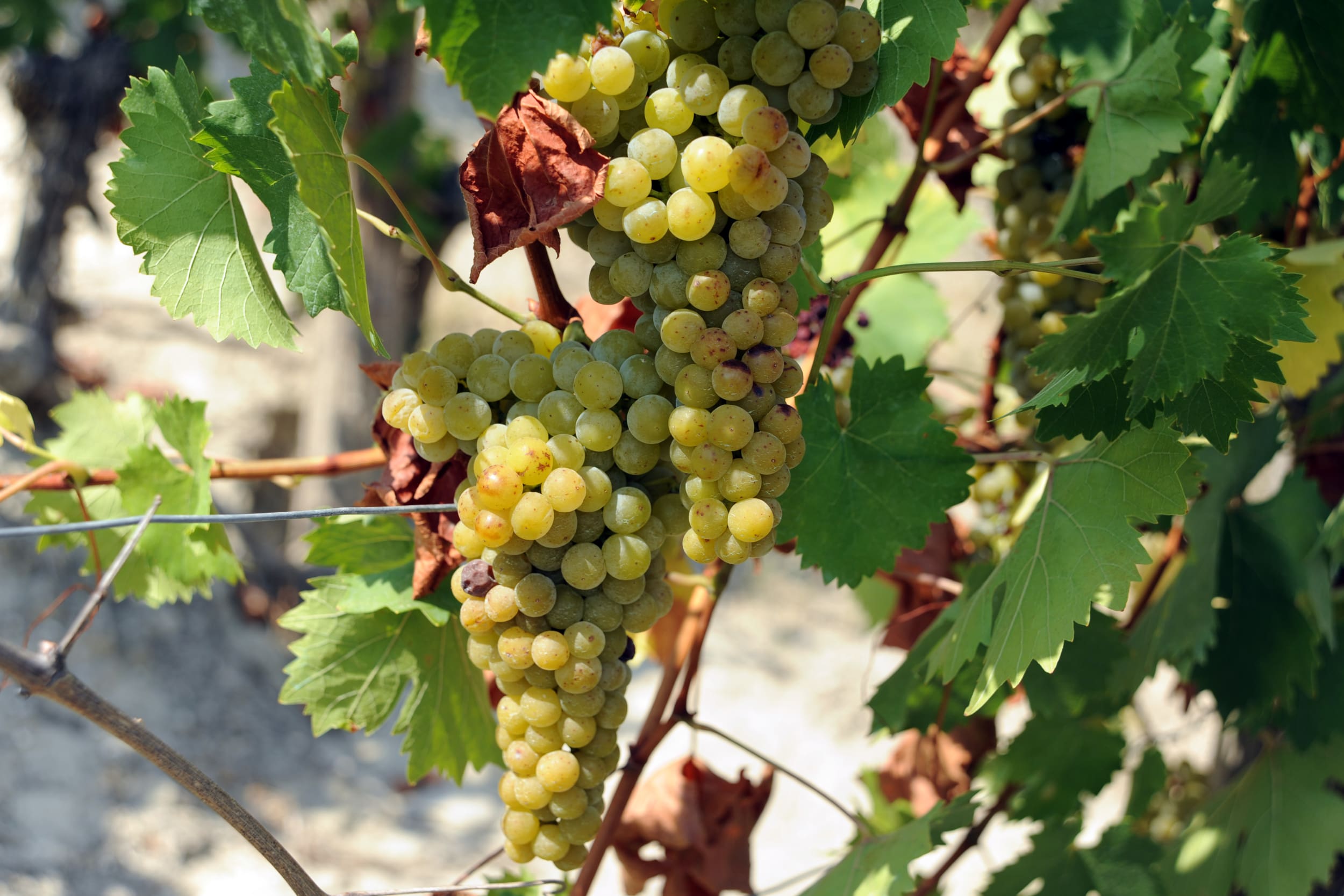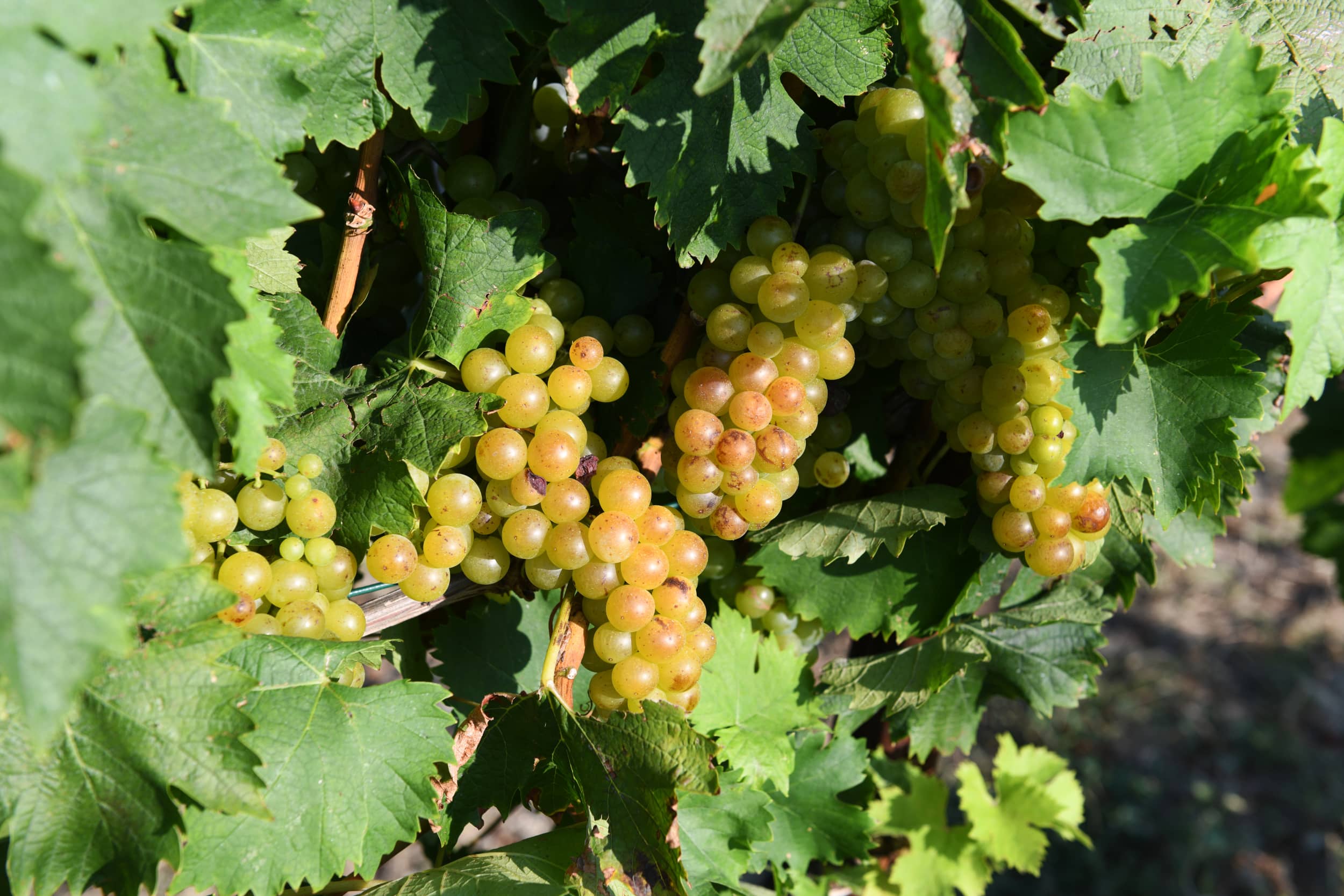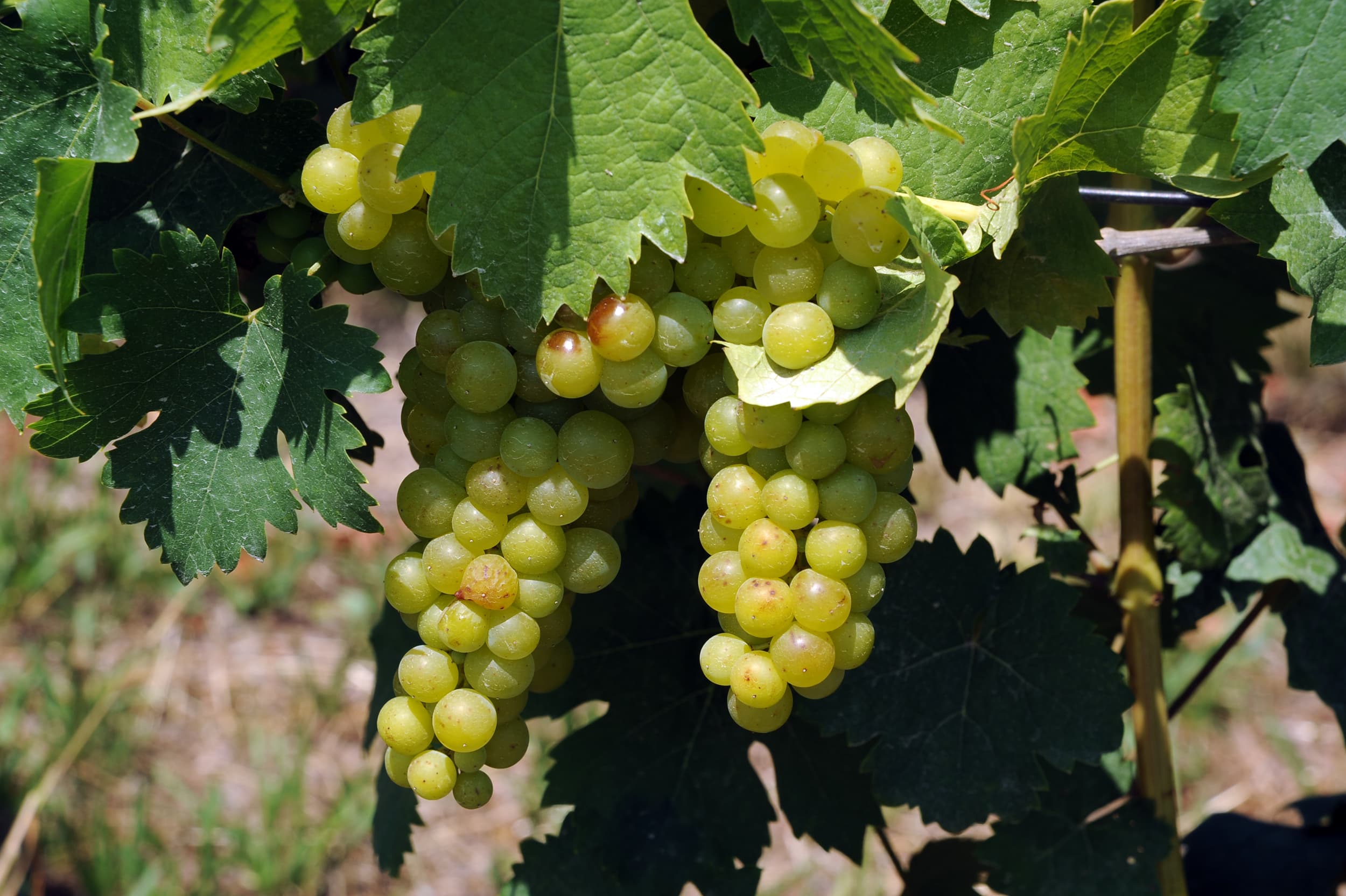The root system
The good formation of the root system is the basis of the well-being of the vines throughout their entire life cycle. The development of the roots begins with the primary ones, which then divide into lower order endings, until they colonize in a capillary way the subsoil space most suitable for their existence. The growth mechanism underground is selective: the terminations in difficulty die, in favor of the others in better areas. Over time, the entire apparatus stabilized. All this means that it is less subject to suffering, often a consequence of the climate, excess rainfall or, no less important, incorrect cultivation interventions, which sometimes occur despite the good will on the part of the winemaker.
The breeding of young plants is essential for everything to evolve in the best way.
Immediately after the planting of the cuttings, with the start of the new vegetation, the primary roots begin to grow. Their lengthening is rapid and, if there are no factors of particular suffering, they grow and deepen with good vigor. Once they reach the greatest depth, they are protected from any water shortages typical of the more superficial layers of the soil and of the hot season. Lateral colonization begins and, from this moment on, the development of foliage and roots will be proportionate.
The well-being of the seedlings can be seen by observing the growth rate of the new shoots. The radical complex, at the same time, expands, developing a further second-order system and any subsequent ones.

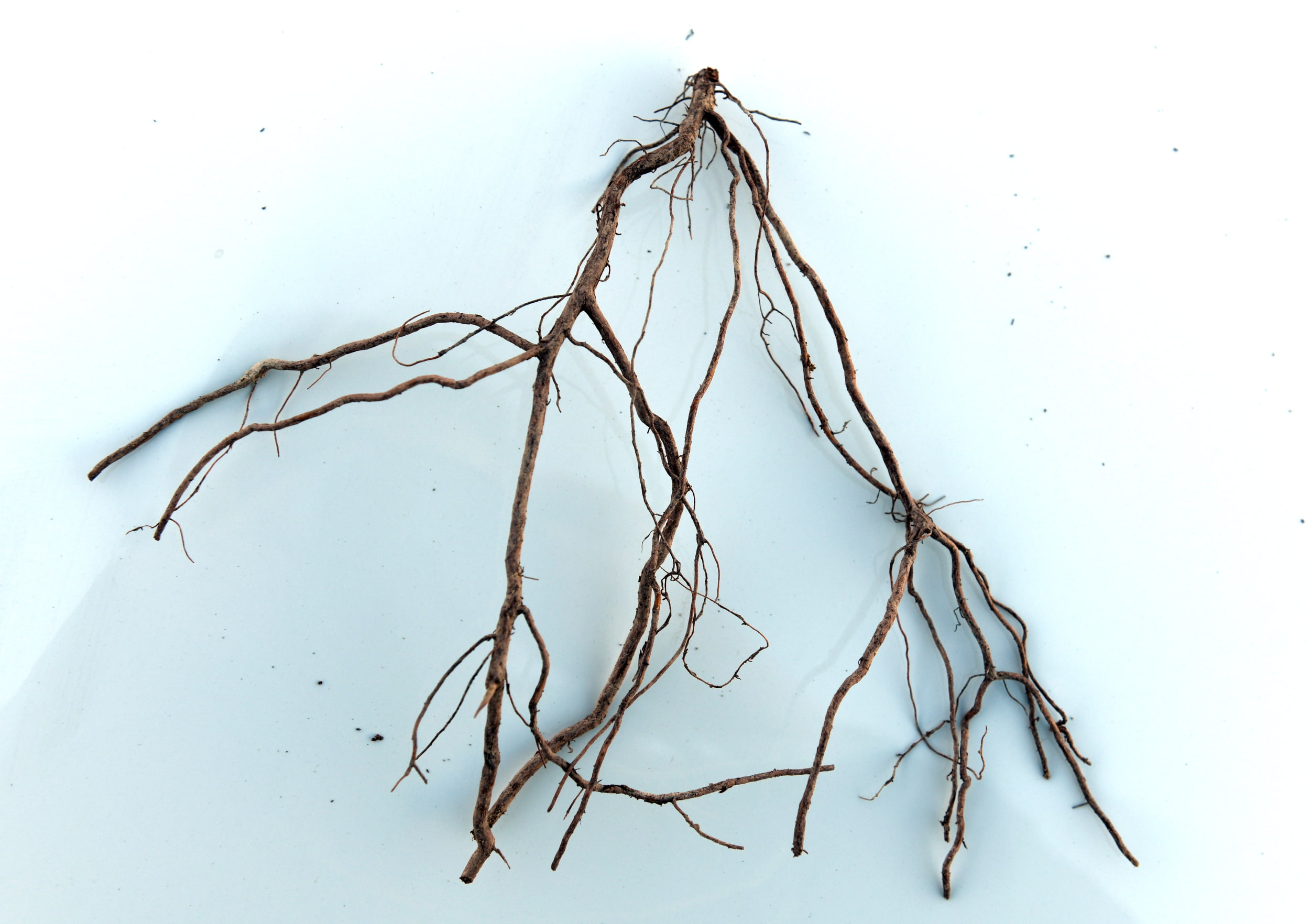
Difficulties in the vineyard
However, conditions are not always ideal. In the case of arid or excessively wet soils, when the quantity of water and oxygen present in the subsoil are not adequate, growth stops, both at epigeal and underground levels. It will promptly resume again in the season, if the climatic and soil conditions allow it. If all this did not happen, further development would occur at the end of the vintage cycle, approximately coinciding with the fall of the leaves.
In order to prevent such suffering, preparing the soil before planting is essential.
There could be the circumstance that, in certain years, the root systems of the newly planted vineyards develop only in depth, or that they also manage to acquire subsequent growth levels with secondary expansion in the subsoil. The different results are conditioned by multiple factors.
In the case of soils with different textures, i.e. where the surface is made up of clayey or medium-textured areas alternating with others of a purely sandy nature, it is possible to observe different ways and rhythms of development of the young plants. The reduced growth of shoots that can be seen in patches within a plot is however more frequently attributable to the lower fertility of that space, probably caused by surface leveling works. In other circumstances, however, despite the alternation of soil types, no variations are observed in spring vegetative development. Evidently, the plants did not suffer any significant damage and the root mass was able to develop to a good extent.
In the second year of vegetation, the decisive one for the formation of plants, the differences that did not appear before become evident. In this second cycle, in fact, the vines must generate a large mass of vegetation and complete the development of the root system. The greater demands of the plants will therefore better underline the variability of the soil.
Weaving
The formation of root systems can occur differently where the soil is made up of a strong dominant of sand. Here, the accumulation of water is notable, the level of percolation being greater due to the coarser texture. The deeper layers become saturated easily, becoming depleted of oxygen. This new condition then persists over time, as, precisely due to the peculiarities of this soil, the evaporation of the water is very slow. No cracks form and there is no capillarity that causes them to rise to the surface.
Fewer problems arise in soils with a certain clay component, as the latter is able to better regulate the balance between air and water in the subsoil.
In the event that the clay was in excessive quantities, recurring operations of a certain depth would become even more appropriate in the first years of vineyard cultivation.
Sometimes, in both cases, the layers in which there should be the greatest root development become inhospitable due to the lack of oxygen. Since the plants are healthy and have good vigor, achieved in the first year of development, they tend to develop the major assimilation apparatus on the surface. During the hoeing of the second year it is therefore likely to find abundant superficial root developments in these areas. Their elimination may not always be appropriate. While it is true that their presence will penalize the further development of the deeper ones, their formation was determined by particular physical conditions of the soil, which will not change over time.


